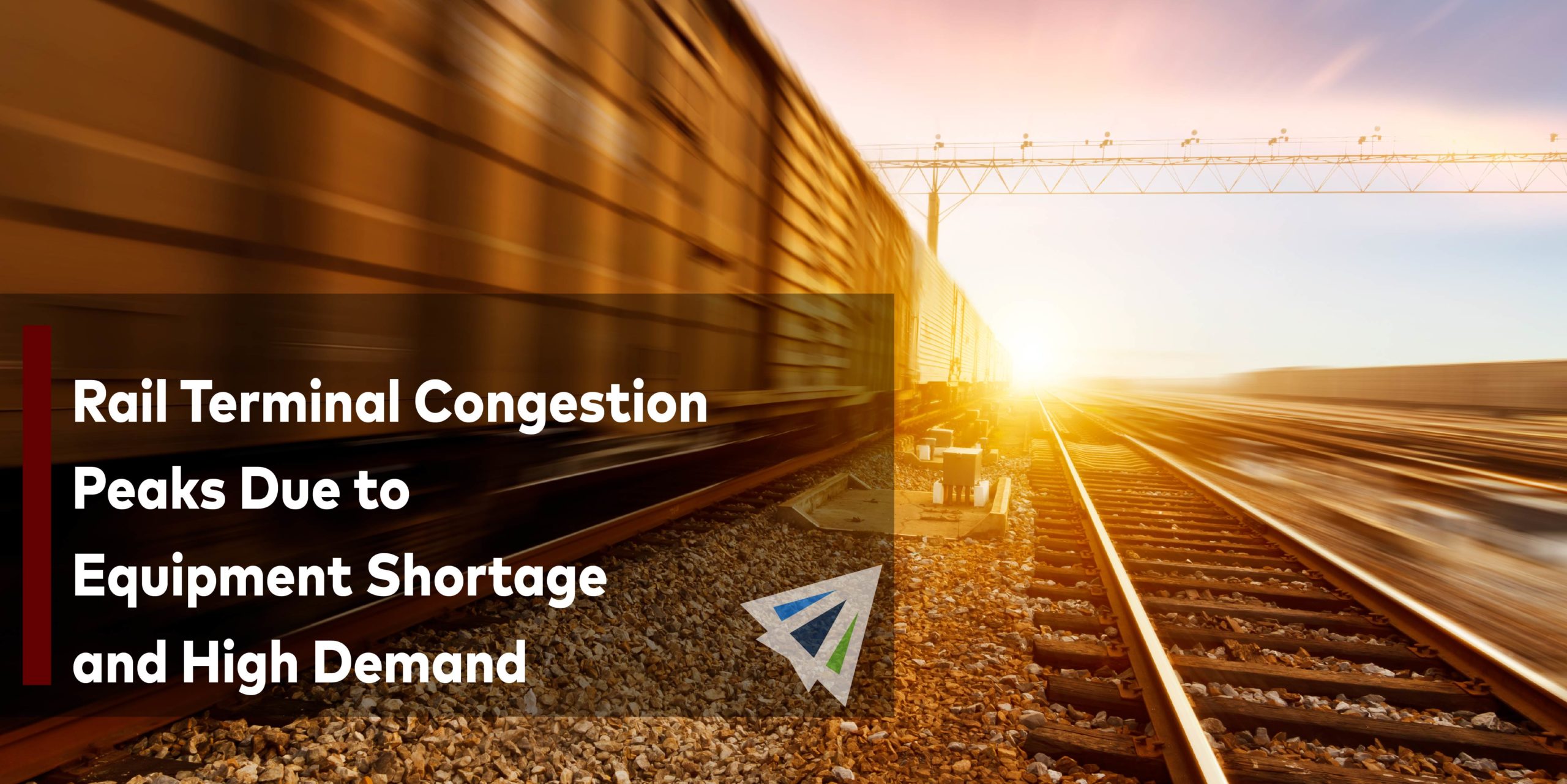It’s no secret that the shipping industry has been under fire the last several months (or years at that.) Recent events have it that rail yards are struggling to keep up with activity, both as a result of equipment shortages and increased consumer demand.
While activity in the international and domestic shipping market has been at an all-time high since the back-half of 2020 began, the state of the global economy has left carriers and shippers struggling to acquire necessary resources for streamlining their logistics processes. Currently, U.S. rail ports are experiencing heavy chassis shortages and are struggling to handle U.S. import rail cargo.
Maersk reported that they are experiencing trouble servicing rail operations to Chicago, Cleveland, Atlanta, and Memphis due to the chassis shortage. In Memphis, Maersk is struggling to return empty containers after cargo is deconsolidated, as they are experiencing lower allocation per day at the rail ramps.
To help alleviate the congestion and delay in returning empty containers, Maersk is working with BNSF on routing and strategic solutions to restore cargo movement to inland rail yards. They recently reopened a Memphis-area terminal in Atlanta as well to aid in fixing the congestion.
CSX is using a Fort Hill yard to alleviate overflow containers at Bedford Park in Chicago. Currently, CSX ramps are under heavy pressure to continue moving containers, and so in an effort to keep cargo moving through Fort Hill, they will move any containers that have sat at the port for over 10 days to Bedford Park.
Norfolk Southern is also reopening a parking lot near their Inman terminal in Atlanta to help with container storage. The parking lot will only be used for container pickup (no drop-offs will be allowed.)
And coming in at no surprise, Los Angeles is completely maxed out on volume at their rail terminals. And in addition, the chassis shortage is severely affecting their intermodal routes, making it difficult to move cargo and ease any congestion at the port.
This massive congestion is due to a mix of many thing – all of which you are likely aware of due to the transpiring events of the last year and a half. Global shipping demand (and especially U.S. imports) are at an all-time high, there is an equipment shortage, production facilities are struggling to operate, port workers are out due to COVID or COVID exposures, and to top it all off, we are entering peak season where businesses are operating at full throttle to stock their inventory before the December holidays.
If you were planning on getting your cargo inland via rail and are looking for a better understanding of how you should route your cargo, or what your alternative options would be, don’t hesitate to just reach out to one of our team members with a question. We’re here to answer the phones and help you and your team in any way we can!
